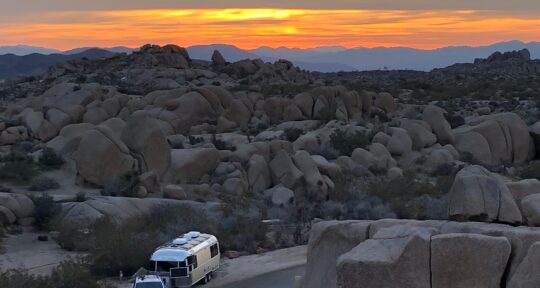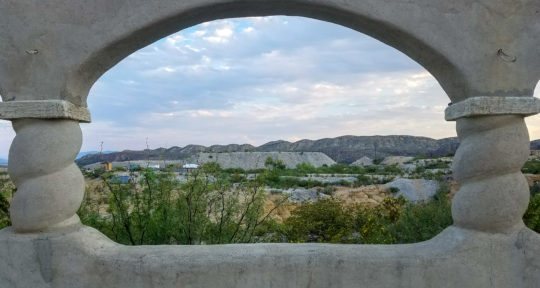Colorado’s San Luis Valley, or the SLV as it’s called by locals, is one of the largest alpine valleys in the world, about the size of Belize, with elevations starting around 7,500 feet. To the east, the 14,000-foot peaks of the Sangre De Cristo Mountains frame Great Sand Dunes National Park and the eclectic town of Crestone, with myriad religious and spiritual centers.
To the west, the La Garita and San Juan Mountains beckon with sport climbing routes and hundreds of miles of mountain biking and hiking trails. On the valley floor, farmers grow barley and potatoes (some of the barley used in Coors beer comes from here). A few towns dot the scrubby, high-valley desert, along with some bizarrely charming human attractions and a slew of migrating birds.
Here are 10 must-see stops in the San Luis Valley.
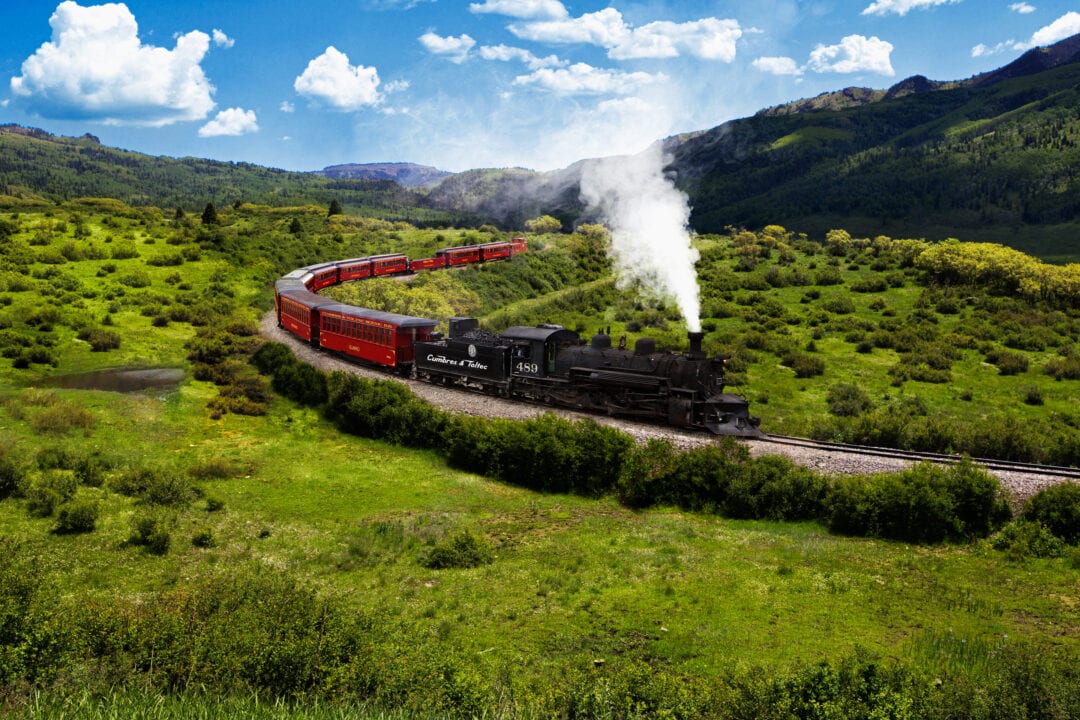
1. Cumbres & Toltec Scenic Railroad
In the south end of the Valley, hop a ride on an authentic narrow-gauge steam-powered train, which climbs over a 10,000-foot-high mountain pass on its way between Antonito, Colorado, and Chama, New Mexico. Originally built in 1880 to serve mines in the nearby San Juan Mountains, it eventually switched from carrying ore to tourists. It’s been featured in several Hollywood films, including many Westerns and Indiana Jones and the Last Crusade.
2. Indiana Jones Bed & Breakfast
Located just down the street from the train yard, the Indiana Jones Bed & Breakfast was also a set in Indiana Jones and the Last Crusade. Remember the scene where young Henry Jones Jr. (River Phoenix) runs to the safety of his home and shows his father (Sean Connery) the cross of Coronado? Now you can stay in one of three guest rooms in that very house, and enjoy a highly-rated breakfast. A photo of Sean Connery hangs over the fireplace and Indiana Jones memorabilia and antique furnishings complete the experience.
Bonus stop: On your way from Antonito to Alamosa or Monte Vista, a small detour gets you to the Jack Dempsey Museum. The 1919 heavyweight boxing champion was born in the small SLV town of Manassa (that’s how he earned his nickname, the Manassa Mauler), and residents haven’t forgotten their hometown hero.
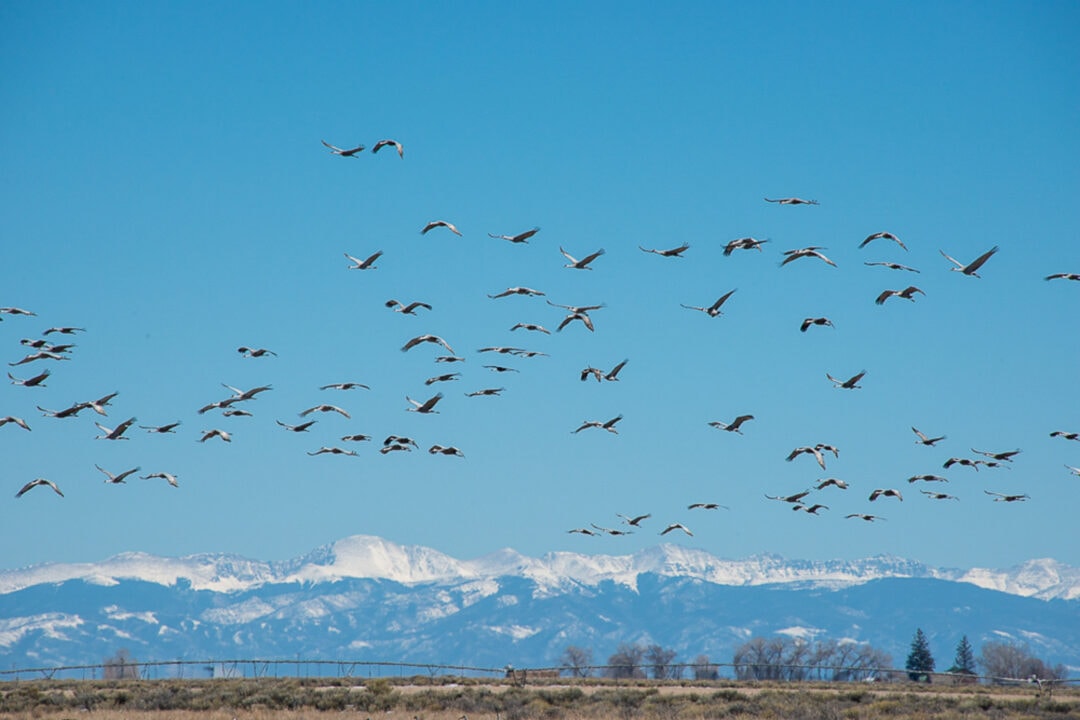
3. Monte Vista National Wildlife Refuge
The SLV is a desert because it averages less than 10 inches of precipitation a year, but in some places the water table is high enough to create wetlands, a vital stopover and nesting area for more than 300 species of birds. Sandhill cranes are the crown jewel of these travelers, with more than 20,000 birds migrating through each spring and fall. You can see them in many of the Valley’s wildlife areas, but there’s an easy roadside viewing area in the Monte Vista Refuge, and a crane festival in the town of Monte Vista every March.
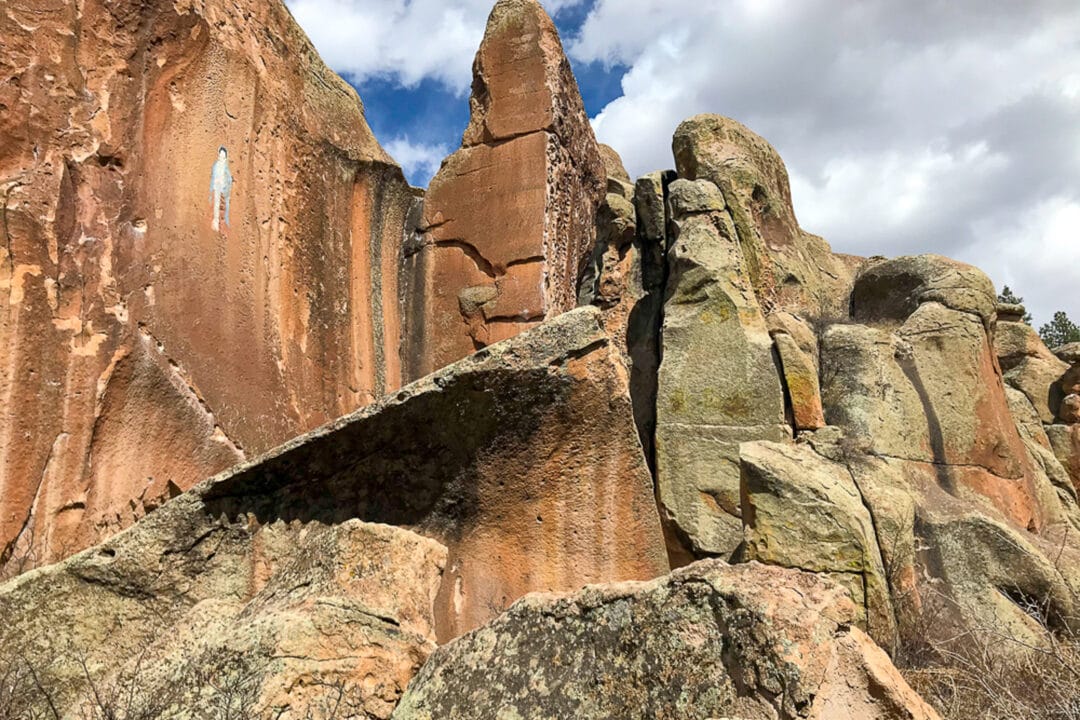
4. Penitente Canyon
If you head northwest from Monte Vista, you’ll end up at the gates of Penitente Canyon. A short hike puts you in the middle of its craggy rhyolitic rock formations, which are sometimes decorated with sport climbers. A 1.6-mile loop trail is well worth the 1-hour walk; the site also includes Native American pictographs, religious history of the Christian Penitents, and a campground with vault toilets. Just a couple of miles away, La Garita Trading Post serves up its self-proclaimed “best burgers in the Valley.”
5. San Luis Valley Museum
If you head east from Monte Vista (or straight north from Antonito), you’ll end up in Alamosa, the Valley’s largest town. The town’s museum displays a collection of artifacts, photographs, antiques, and art. Exhibits tell the story of life in the Valley, from Native Americans, to ranching, railroads, mining, and farming. There’s a $5 entrance fee, and it’s free for veterans, teachers, seniors, and children.
A park located nearby is ideal for a picnic at the Rio Grande river, where you can also do some mellow paddling if you have a kayak or paddleboard.
6. Fort Garland Museum & Cultural Center
The Fort Garland Museum also tells the story of the SLV, with two twists: It’s located amid the grounds of a 19th-century military fort and highlights the Buffalo Soldiers, the all-Black 9th Cavalry that was stationed here in the 1870s. A mix of formerly enslaved people, freemen, and Civil War veterans, they were tasked with the unenviable job of keeping peace between white settlers and Ute tribes. The museum also educates about colonialism, as told through Native American art.
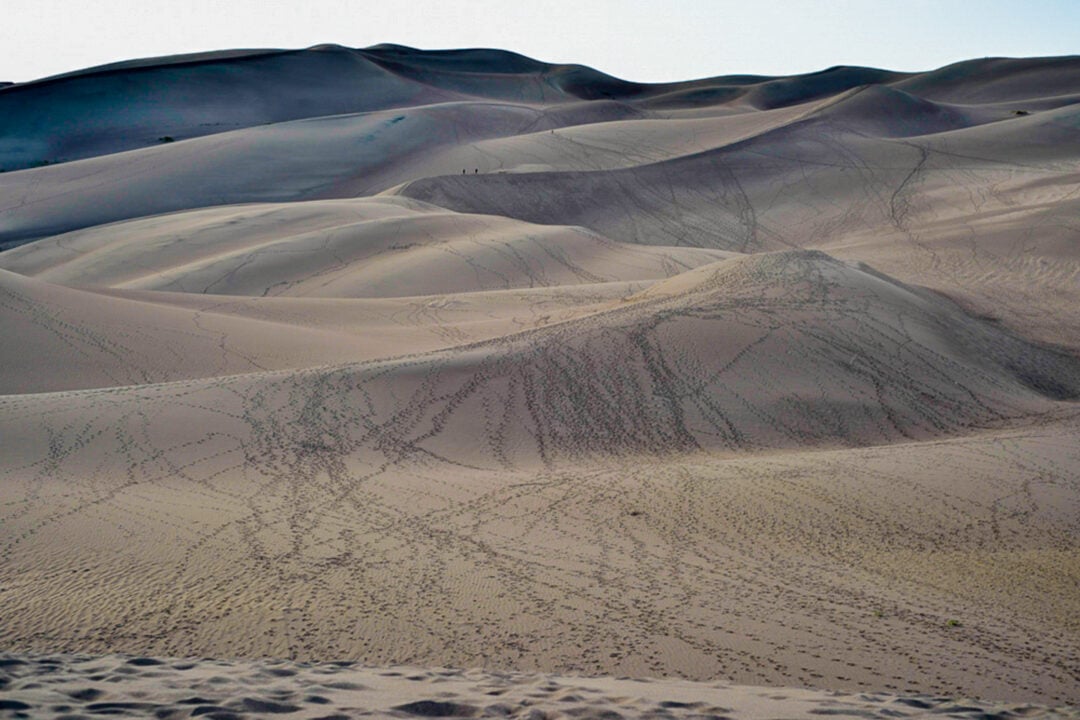
7. Great Sand Dunes National Park & Preserve
Reaching a height of 750 feet, the Great Sand Dunes are the tallest in North America. Besides sand-boarding and walking on the 30-square-mile dune field, you can hike to alpine lakes and forests.
The national park features a large visitor center and a campground that gets booked up very quickly. It’s also one of the few dog-friendly national parks, but make sure to bring booties to protect your pet’s paws from the hot summer sand. Check the NPS website for updates on construction closures in 2022.
Bonus stop: Hike Zapata Falls, an easy 0.9-mile out-and-back trail, south of the national park off of Colorado State Highway 150. There’s also a Bureau of Land Management campground with pit toilets and incredible views. The road to the trailhead was recently redone, but it can still get a little bumpy.
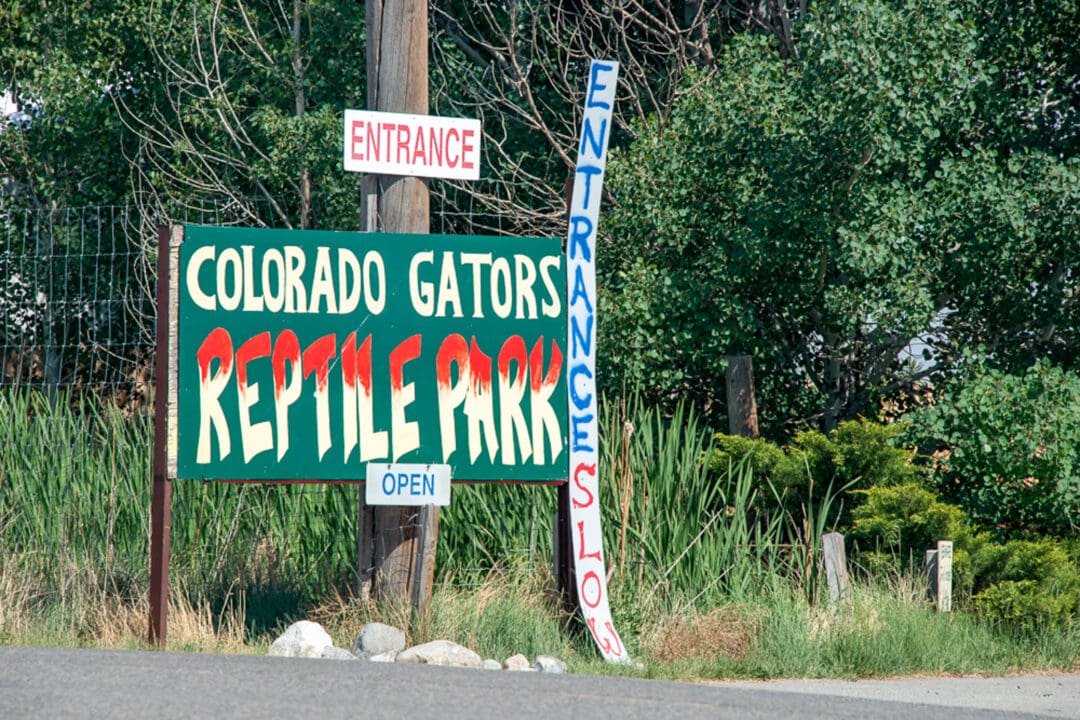
8. Colorado Gators Reptile Park
The owners of a geo-thermally heated tilapia farm needed an efficient way to dispose of the dead fish, so in 1987 they bought 100 hungry baby gators. They soon took a liking to rescuing reptiles, and now house hundreds of rescued gators and other scaly guests, including caimans, monitor lizards, snakes, and iguanas. The rescue and educational center is open daily and will add a nostalgic dash of Steve Irwinism to your ramblings.
Meet ‘the largest alligator in the West’ at an exotic pet sanctuary in Colorado’s high desert
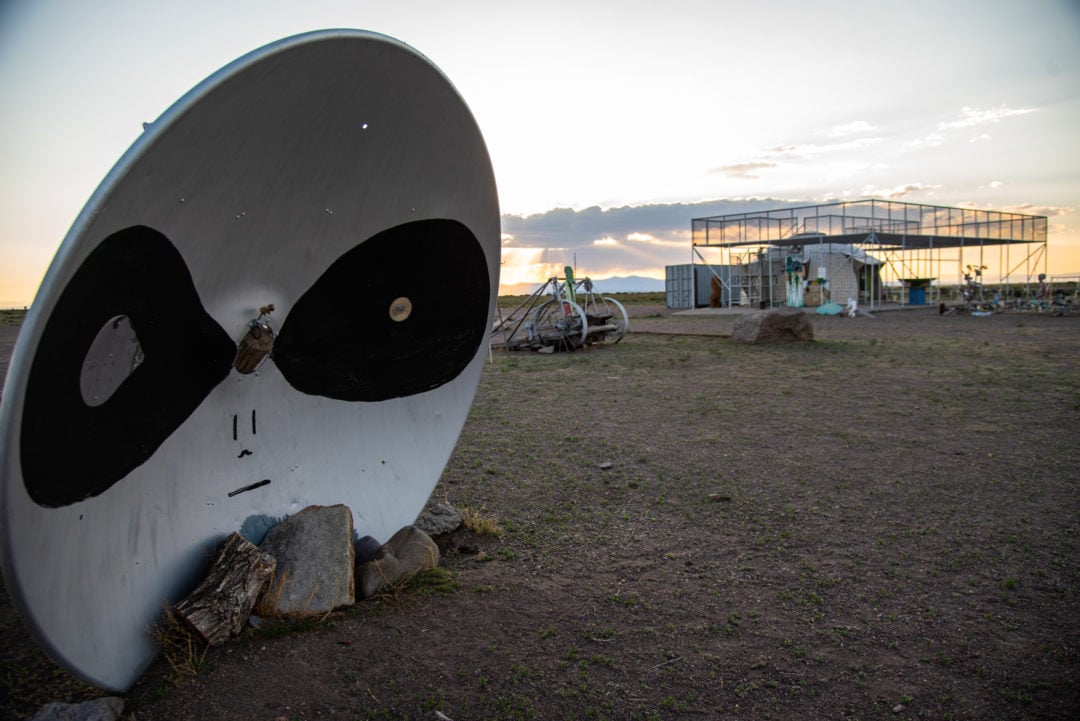
9. UFO Watchtower
As you continue to travel north up State Highway 17, dodging tumbleweeds and trying to find signs of life, you’ll encounter an elevated platform perched above a camouflage-painted geodesic dome on the west side of the road. This is the legendary UFO Watchtower, where hundreds have purported to have seen UFOs, many in broad daylight. Get the facts on paranormal activity at the gift shop and museum; then tour the rock garden, complete with otherworldly energy vortexes and mementos left by visitors (from this planet). Tent and RV camping (no hookups) is allowed, no reservations needed.
It started as a joke, but Colorado’s UFO Watchtower is now a hotspot for mysterious sightings
10. Valley View Hot Springs
The trail at Valley View Hot Springs winds past six natural ponds, sitting between 8,600 and 9,000 feet above sea level, with sweeping views of the San Luis Valley. Some are fed by small waterfalls, others ringed by juniper trees and sunflowers—and many are adorned with humans au naturel. Getting naked here isn’t mandatory, but reservations are. There are camping and lodging options, as well as optional hikes that lead to a ghost town and an abandoned mine where you can see the largest colony of Mexican free-tailed bats in the state.
